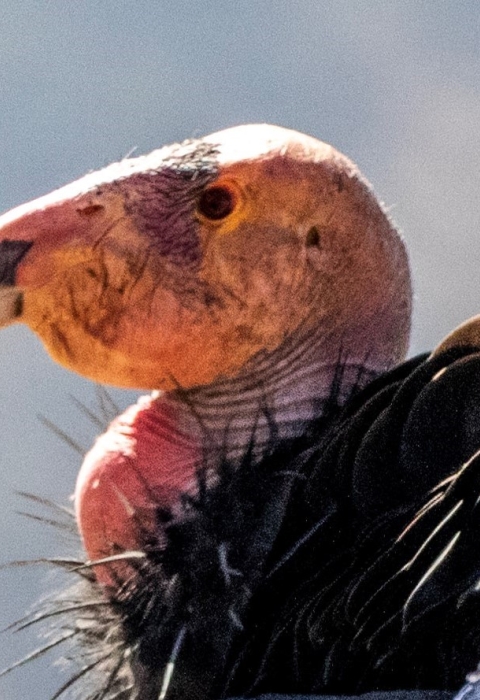The U.S. Fish and Wildlife Service has issued an incidental take permit to the Wind Energy Condor Action Team (WECAT) members in Kern County, California. WECAT is comprised of 24 member companies that each own and operate a wind energy project in the Tehachapi Wind Resource Area. The permit covers the incidental take of up to 11 free-flying California condors and 11 associated eggs or chicks over 30 years for activities associated with the operations of these wind energy projects.
As part of the application for the permit, WECAT developed a conservation plan that includes measures that will mitigate and minimize the impact on condors from continued operation of their facilities. Implementation of the monitoring program also ensures conservation plan compliance over the life of the permit.
“The development of this conservation plan is important to ensuring California condors can continue on the road to recovery,” said Scott Sobiech, field supervisor for the Carlsbad and Palm Springs Fish and Wildlife offices. “Partnerships like this one with WECAT members are vital to the success of our conservation mission in Southern California, especially with condors.”
The Service has been working with wind energy projects in Kern County to support recovery of the California condor for close to a decade. The Service issued an incidental take permit for the Manzana Wind Power Project in 2021 and is considering a similar application for an incidental take permit for the Pine Tree Wind Farm. The WECAT conservation plan provides a mechanism for additional companies and projects to be added to the single permit within the existing take limit specified.
Although Highly Pathogenic Avian Influenza has been confirmed in condors in Arizona, it has not been detected in California flocks. In light of these recent detections, the Service worked with WECAT to address potential disease outbreaks or other events that could affect condor populations. WECAT revised its conservation plan to include responses to support condor recovery should an outbreak occur.
Mitigation measures include support of the California Condor Recovery Program. WECAT’s conservation plan will support the breeding and rearing of condors at The Peregrine Fund’s World Center for Birds of Prey, for release into the wild to offset the loss of any adult condors, eggs or chicks. Captive breeding and release of birds is an essential component of the condor recovery program to support population growth. Minimization measures include a system to detect approaching condors and to curtail operation of wind turbines if an individual is at risk of collision.
The Tehachapi Wind Resource Area in Kern County has the largest output of any wind resource area in the State. WECAT members currently operate more than 1,200 turbines across approximately 200 square miles with 2.3 gigawatts of generating capacity, which represents approximately 72 percent of the current wind energy generating capacity within the Tehachapi Wind Resource Area.
The condor is North America’s largest bird and is listed as an endangered species under the Endangered Species Act. There have been no documented cases of a wind turbine injuring or killing a condor. However, as the species continues to recover and the population in the wild increases, so does the likelihood of condor activity and potential for moralities at wind energy projects.
The U.S. Fish and Wildlife Service works with others to conserve, protect, and enhance fish, wildlife, plants, and their habitats for the continuing benefit of the American people. For more information about our work and the people who make it happen, visit https://www.fws.gov/cno/or connect with us via Facebook, Twitter, YouTube, and Flickr.



